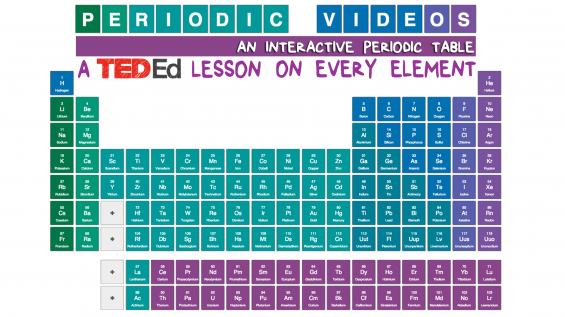
Using Photoshop to crochet: A conversation with TED-Ed Animators
Today’s Lesson features a creative animation by three of TED-Ed’s own animators, Biljana Labovic, Lisa Labracio, and Celeste Lai. To show cell division and how chemotherapy attacks cancer during cell division, Biljana, Lisa, and Celeste worked on a variety of animation styles, including stop-motion. To achieve the various textures and movement they wanted, they used a large range of products you might find around the house – mostly in your kitchen. We talked to Biljana and Lisa about the ideas behind the piece and how they went about creating it.
How did you decide what materials to work with for the different types of cells?
Biljana: My original idea was to use natural materials for healthy cells and more toxic materials, like candy and plastic, for cancer cells. For the healthy cells, I used all sorts of different seeds, like buckwheat. The seeds are easy to animate because they are like little dots, so you can make a shape, any shape, out of these materials.
Lisa: Because the seeds are small, we were treating them like pixels. It’s like Pointillism!
Biljana: They give you a lot of flexibility to morph, to change [the animation].
Was that yarn that we saw for the body? And did somebody spend a lot of time knitting?
Biljana: For the body, [we] decided to go with yarn and all sorts of wool and fabric. Again, all natural materials. There’s the shot in the animation with a close-up of red yarn that imitates muscle tissues because of its texture and color.The pink yarn we used for skin has a similar texture.
All the organs are made out of crocheted yarn shapes. We did not actually make them – we didn’t physically crochet them. We took photos of balls of yarn and pieced them together to make that shape. Celeste constructed organs out of other crocheted shapes. I gave her photos of crocheted yarn, and she took parts of them to make collages with Photoshop. In a way, she crocheted in Photoshop.
Tell us about the cancer cells.
Lisa: Candy!
Biljana: I was originally thinking of using jelly beans, but in this case, the jelly beans were a little too big to create something that shimmers – when an object in stop-motion appears to be moving very slightly as if it is alive.
Lisa: So, in this case, the cancer cells look alive without necessarily changing shape or position. It gives the effect of breathing.
[TED-Ed Commentary: We noticed that the candy kept disappearing because some TED staff members got hungry, so we had to put a stop to that. They've resumed their snacking now.]
How do you create the “shimmer”?
Lisa: With the cancer cells, because we actually let them be a little more chaotic and less controlled than the healthy cells, I would move outer parts of the cell and keep the nucleus in place, and then form the outer parts back into the shape. It’s the same shape but reshuffled. Same mass, same colors, but you get a flickering effect because they are changing positions. I had a guide to follow, so it would be same exact shape every time. With the seeds, partially because they’re harder to move and we wanted them to be a little more controlled looking, I would just kind of press my hand on them and very slightly touch them to look like they were moving.
How did the colors affect material choices?
Biljana: The natural seeds I wanted to keep in their natural color and in those tones, and I wanted to accent cancer as something toxic and wrong. So, the candy colors, even though they are very bright, are still brown tones. So, we actually changed the color of the candy while editing so that they would be more neon – neon blue. Something very unnatural.
Lisa: Those aren’t colors you see in foods you eat either. You see yellow and pink in real life. But these colors are very man-made.
Biljana: Those are my artistic choices.
Tell me about your collaboration with George Zaidan, the Educator.
Biljana: His audio is fantastic. He delivered the audio already edited, and we talked early on about general ideas, but I didn’t really show him anything until I had this all worked out.
There’s one complicated scene that we were struggling with, in how to show how chemo affects 3 different cells at the same time: liver, hair, and cancer cells. This is a multiphase process for each cell, and it was getting complicated to show this clearly. What really helped was George drew a diagram for how these cells were splitting and being attacked in each phase, so we knew how to visually represent what was happening here.
So he is an artist and a scientist!
Biljana: And a great narrator! The audio is very clear, straight to the point, and really explains the basics of cell division. Personally, I didn’t know how chemo worked before I heard the audio. I learned a lot from just having to animate this process.
Lisa: I didn’t realize [chemo] targeted cells right when dividing.
Biljana: And I’m sure it’s much more complicated than what we can portray in 3 minutes, but I think people will have a good understanding of it.
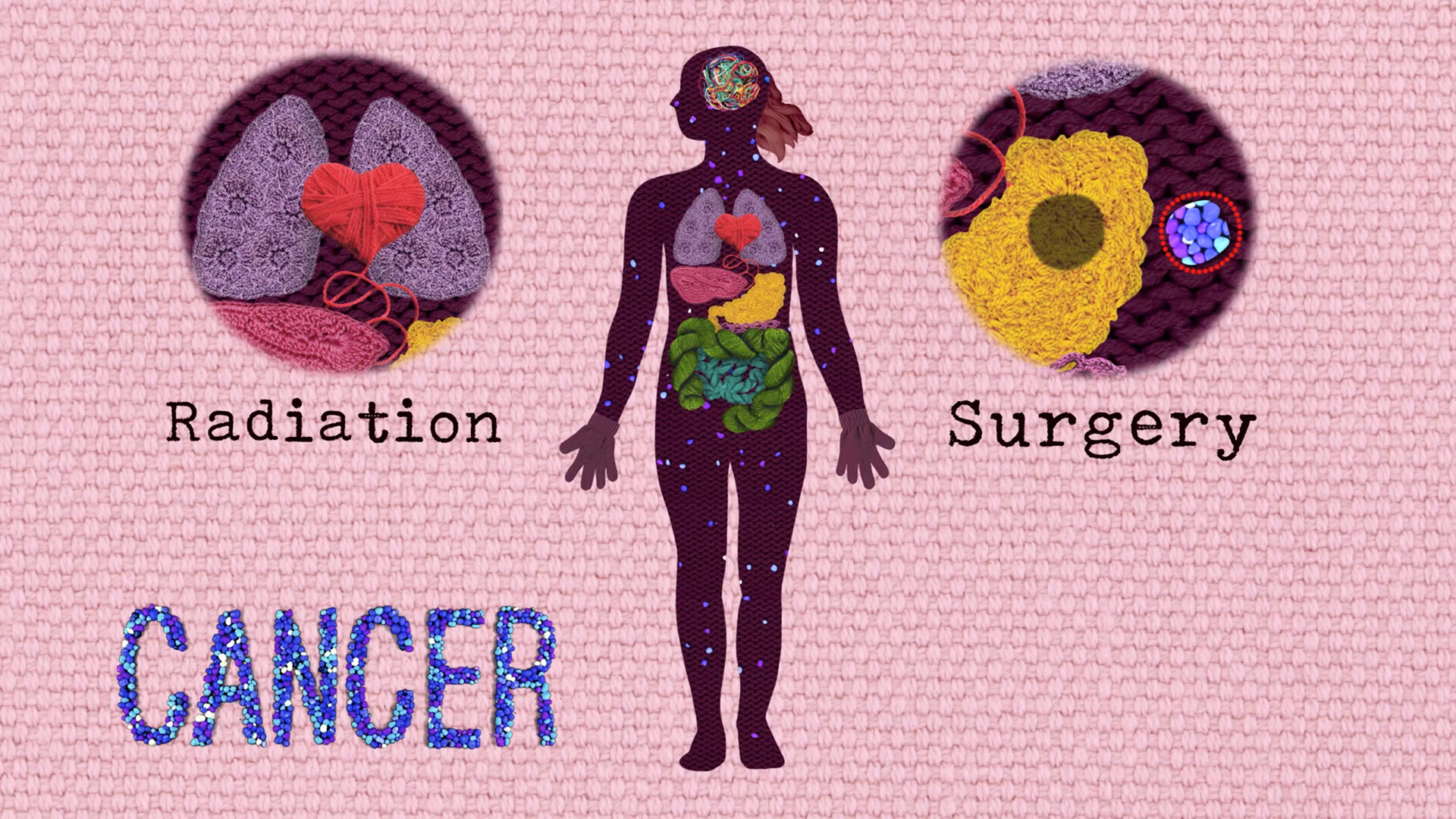
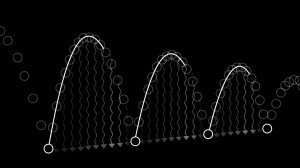
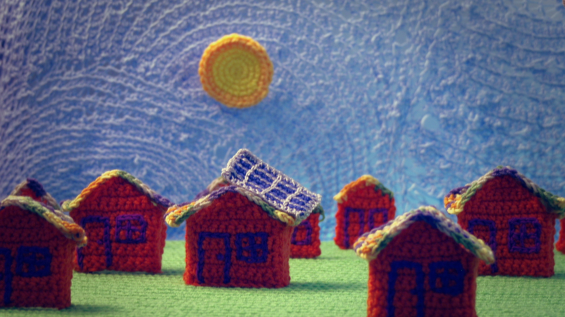

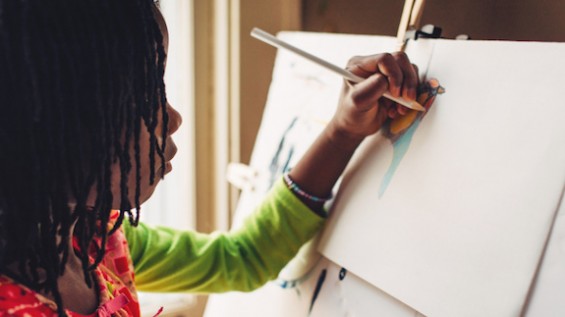
The dark maroon background in the circles looks knitted not crocheted.